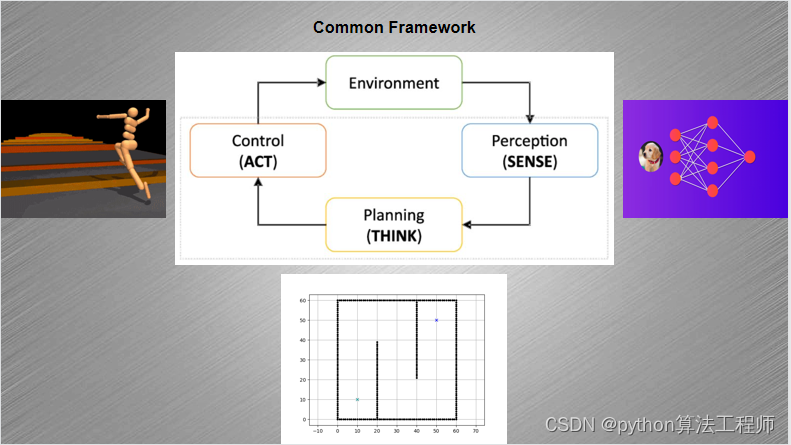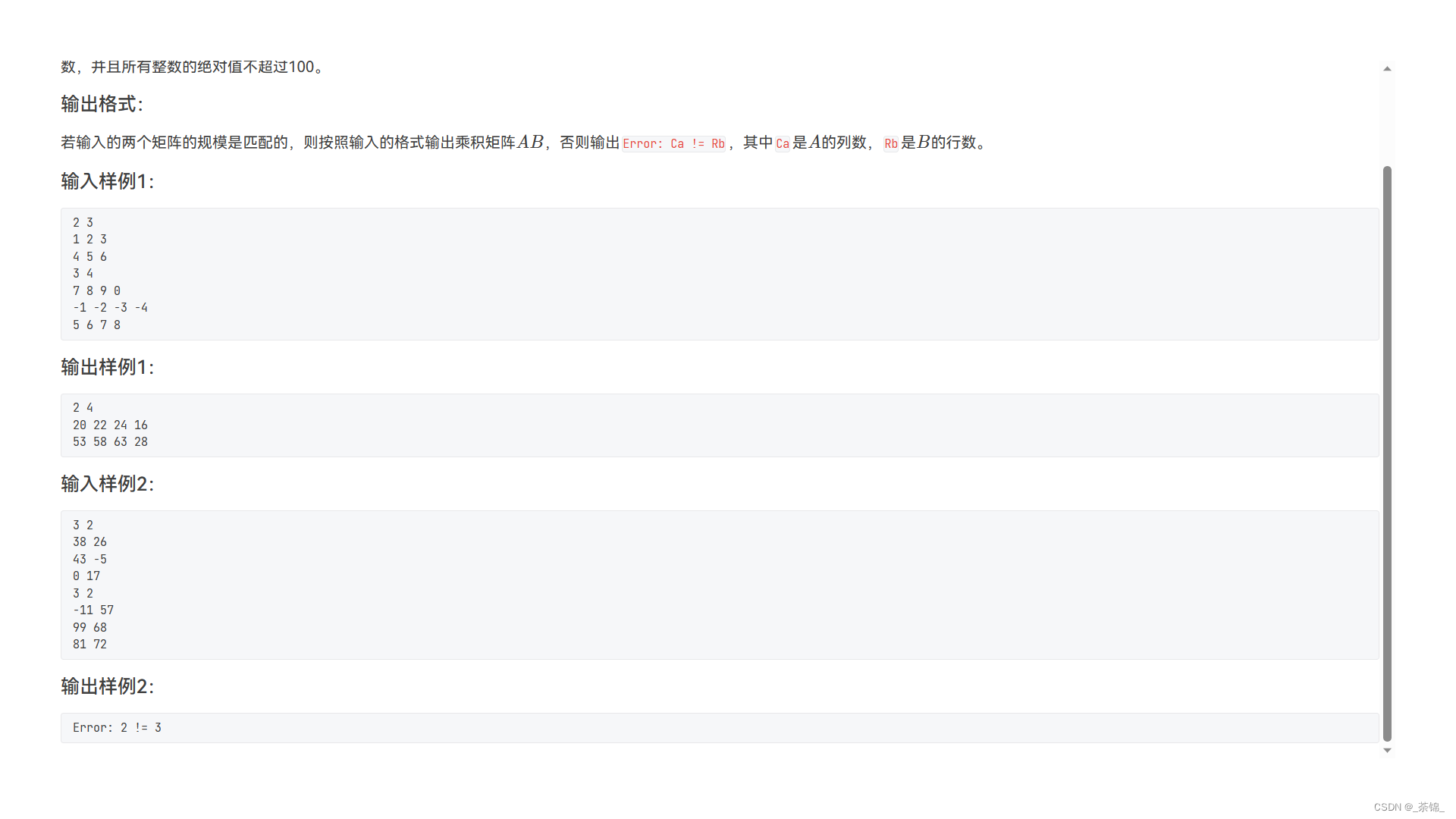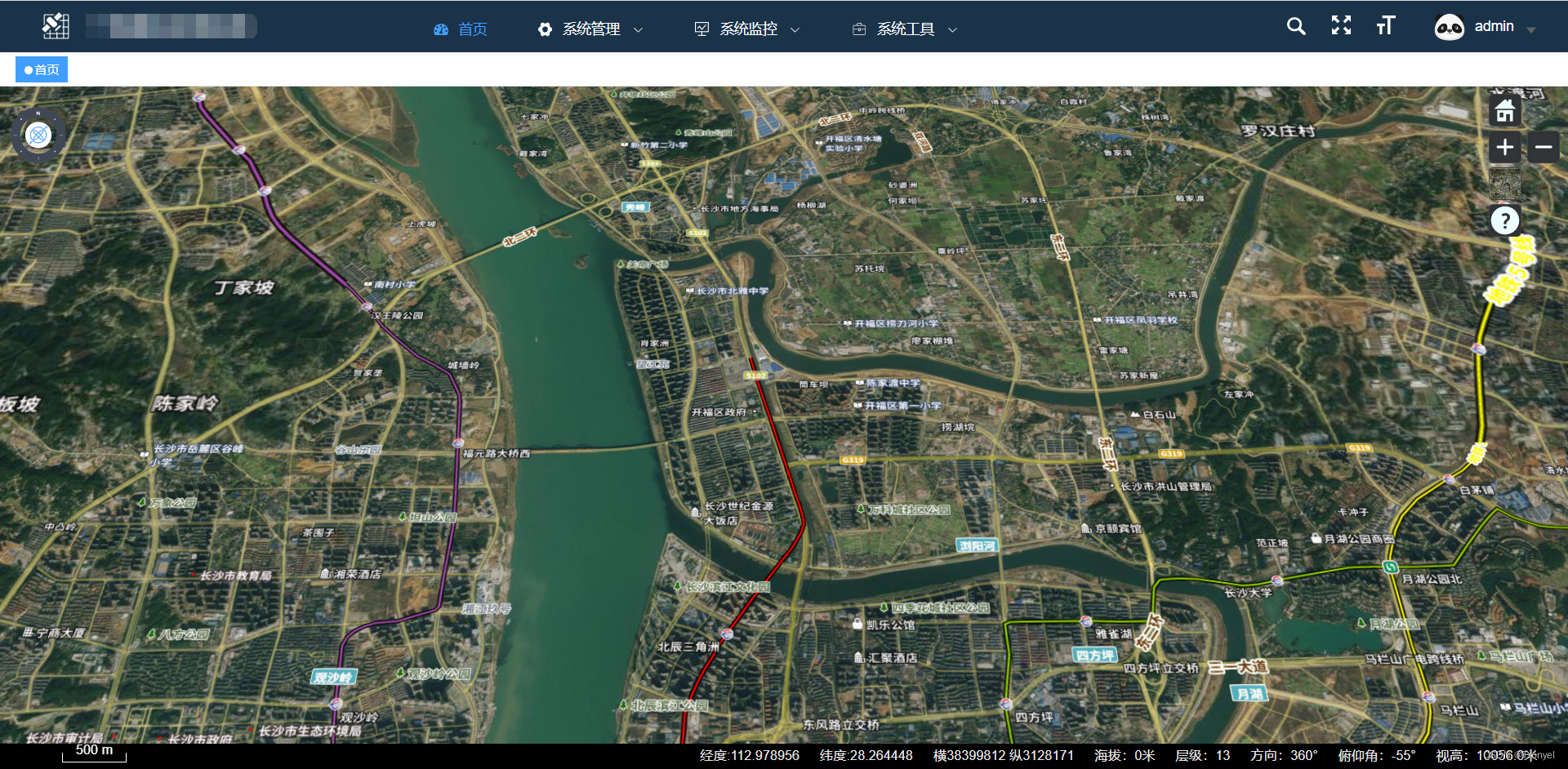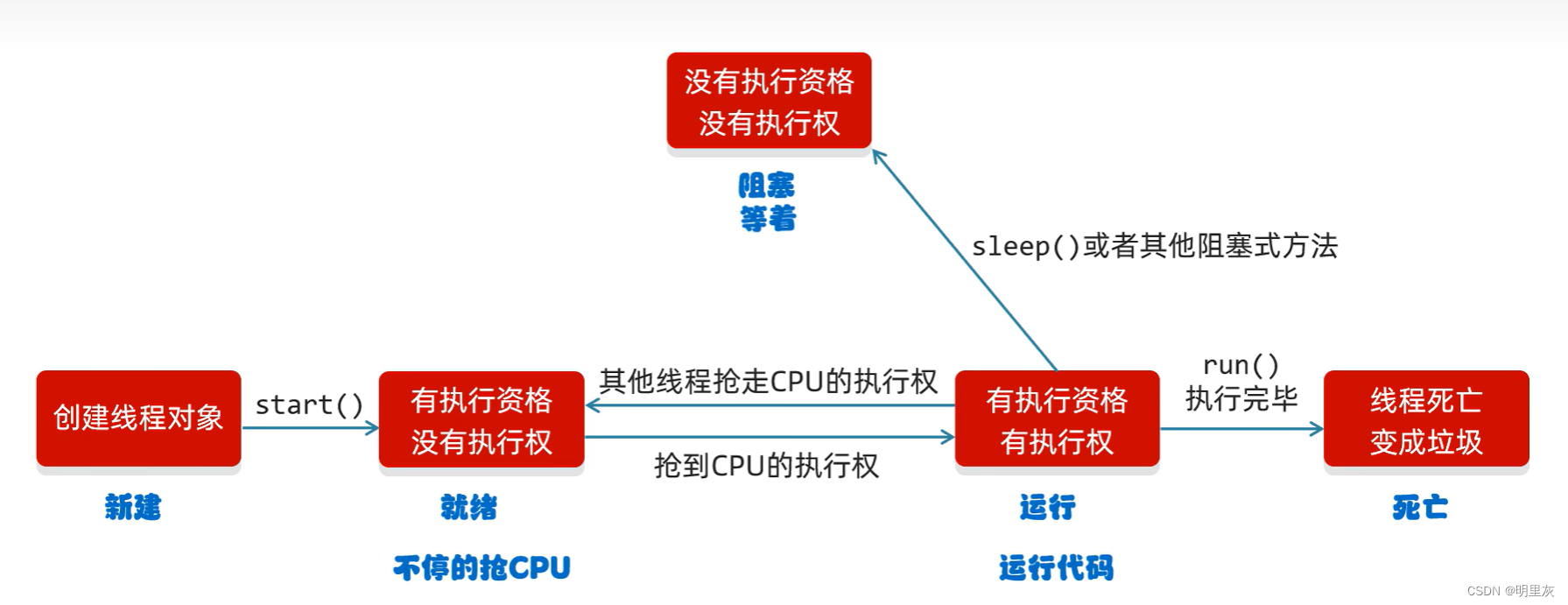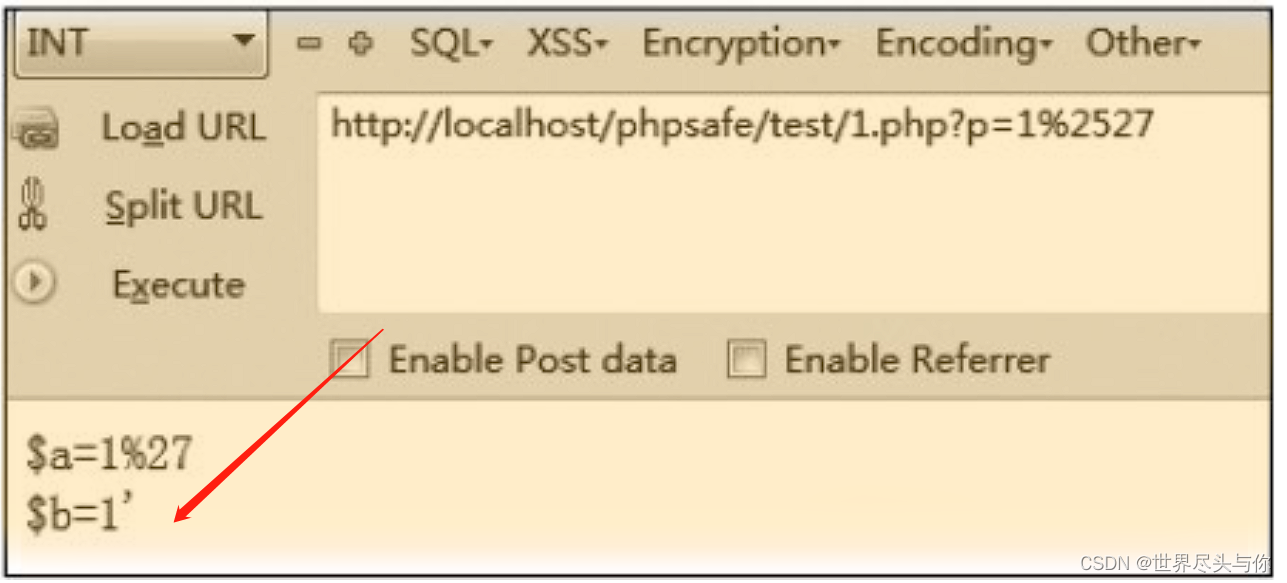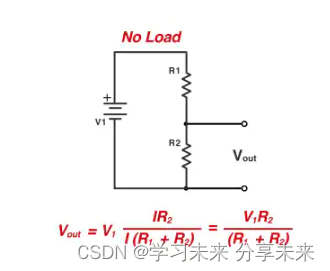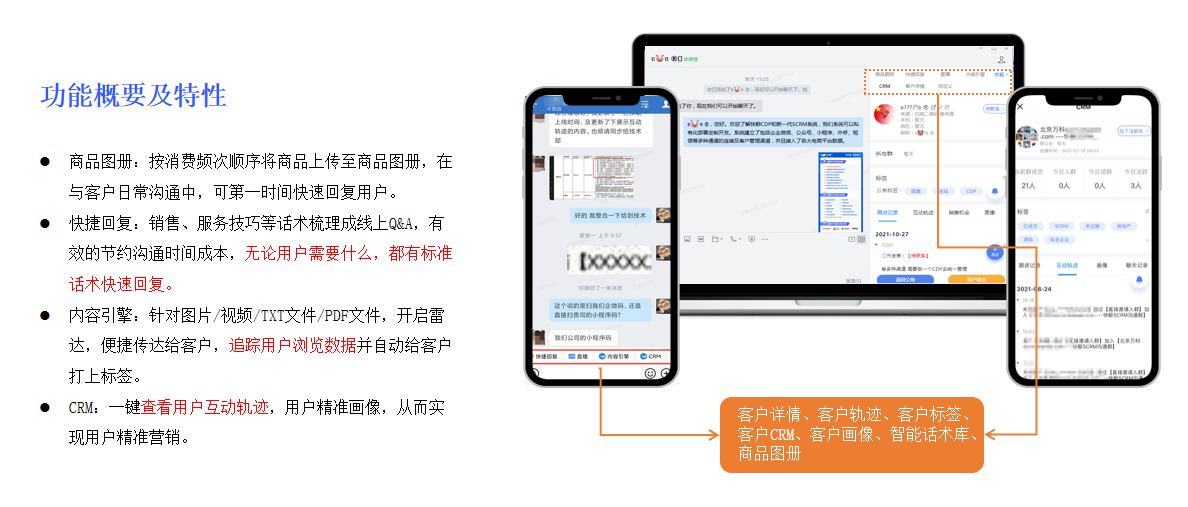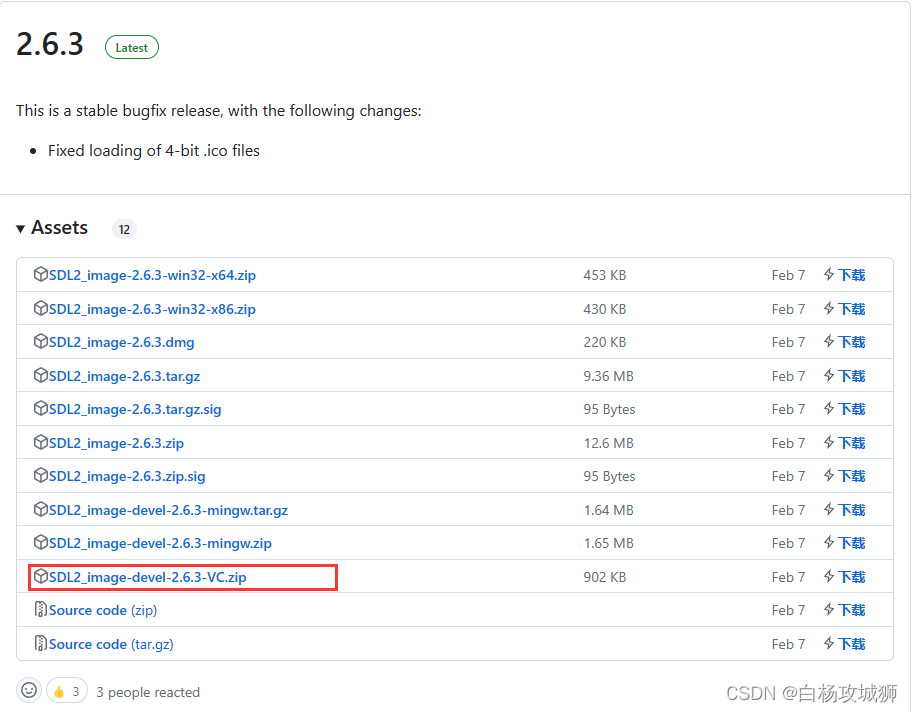目录
LeetCode 特训 --- Week1
两数之和
最长回文子串
删除有序数组中的重复项
删除有序数组中的重复项Ⅱ
删除链表中的重复元素
移动0
旋转链表
分隔链表
快慢指针(前后指针)用的好,链表,数组起码轻松打十个。
LeetCode 特训 --- Week1
两数之和
力扣

![]()
解题思路
方式1:很明显我们可以利用记录前面走过的值,记忆化,的方式来查找前面是否有我们想要的值。每两个值的和都可能是target,当前遍历的值val, 如果前面走过的值中存在target - val,答案可得。
处置方式,前面使用一种快速查找的数据结构来维护我们已经遍历过的路径path. 每遍历新的值val,都从path中查询 (target - val).
hash,或者红黑树。。。来解决这一系列的问题,包括两数和以及三数和...
class Solution {
public:
vector<int> twoSum(vector<int>& nums, int target) {
unordered_map<int, int> inds;
for (int i = 0; i < nums.size(); i ++) {
int distance = target - nums[i];
//不是ans, 加入hash表中
if (inds.empty() || inds.find(distance) == inds.end()) {
inds[nums[i]] = i;
continue;
}
return {inds[distance], i};
}
return {-1, -1};
}
};方式2:很明显借助排序之后结果用左右指针遍历搜索也可以达到目的,反正只要存在答案,我们遍历所有可能成为答案的情况就一定可以找到结果。
class Solution {
public:
vector<int> twoSum(vector<int>& nums, int target) {
std::vector<int> copy_nums(nums.begin(), nums.end());
std::sort(nums.begin(), nums.end()); //sort
int l = 0, r = nums.size() - 1; //左右指针记录ans
while (l < r) {
if (nums[l] + nums[r] == target) {
break;
} else {
if (nums[l] + nums[r] < target) {
l ++;
} else {
r --;
}
}
}
if (l >= r) {
return {-1, -1};
}
std::vector<int> ans;
for (int i = 0; i < nums.size(); i ++) {
if (copy_nums[i] == nums[l]
|| copy_nums[i] == nums[r]) {
ans.push_back(i);
}
}
return ans;
}
};最长回文子串
力扣
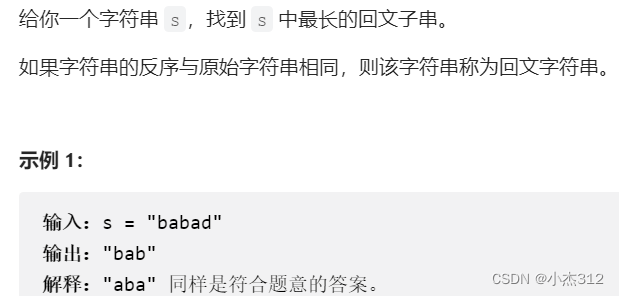
解题思路:
1. 因为是子序列问题,不清楚边界,方式1,在每一个位置都可能是结果,从中间向两边自由扩散获取结果。(老哥给的经验,边界不明确的问题,可以直接的进行一个一点点的扩大,一点点的从中间向两边扩散找边界)
//边界问题是写双指针最应该注意的.
class Solution {
//寻找以lbegin, rbegin左右扩散的最长回文子串
std::string subPalindrome(std::string& s, int lbegin, int rbegin) {
int l = lbegin, r = rbegin, n = s.size();
while (l >= 0 && r < n && s[l] == s[r]) {
l --, r ++;
}
//l位置不可取 【l+1, r-1】区间元素个数(r-1-l-1+1) = (r-l-1)个
return s.substr(l + 1, r - l - 1);
}
public:
string longestPalindrome(string s) {
std::string ans = "";
for (int i = 0; i < s.size(); i++) {
std::string s1 = subPalindrome(s, i, i);//奇数串
std::string s2 = subPalindrome(s, i, i + 1);//偶数串
ans = ans.size() >= s1.size() ? ans : s1;
ans = ans.size() >= s2.size() ? ans : s2;
//std::cout << ans << std::endl;
}
return ans;
}
};2. 可以使用动态规划,记忆化搜索的方式,用空间来提高效率。
删除有序数组中的重复项
力扣 力扣
力扣
class Solution {
public:
int removeDuplicates(vector<int>& nums) {
int last = 0, front = 0;
while (front < nums.size()) {
if (nums[last] != nums[front]) { //非重复, 符合题意的值,放入slow结果序列
nums[++last] = nums[front];
}
front ++; //前指针继续向前探路,寻求非重复值
}
return last + 1;
}
};删除有序数组中的重复项Ⅱ
力扣
核心思路还是前后(快慢)指针,只不过中间需要维护一个计数器
class Solution {
public:
int removeDuplicates(vector<int>& nums) {
int last = 0, front = 0, n = nums.size();
int count = 0;
int preval = nums[0]; //记录前面的遍历值
while (front < n) {
if (nums[front] != preval) {//一个子序列值遍历完毕
count = 0;
preval = nums[front];
}
if (count < 2) {
nums[last++] = nums[front];
}
front ++; //向后寻求符合要求的值,
count ++; //计数
}
return last;
}
};删除链表中的重复元素
力扣
解题思路还是哪个思路,向后寻找非重复元素链接到前面去就OK了。 前面的p指针相当于是做数组题目时候的last指针,维护着结果序列
class Solution {
public:
ListNode* deleteDuplicates(ListNode* head) {
if (head == nullptr) return nullptr;
ListNode* last = head, *front = head;
while (front) {
if (last->val != front->val) { //非重复值,留下来.
last->next = front;
last = last->next;
}
front = front->next; //向前探路
}
last->next = nullptr;
return head;
}
};
移动0
力扣

class Solution {
public:
void moveZeroes(vector<int>& nums) {
int last = 0, front = 0, n = nums.size();
while (front < n) {
if (nums[front] != 0) { //寻求到非零数字, 放到last结果序列中
nums[last++] = nums[front];
}
front ++; //向后寻求非零数字
}
//将后续制0
while (last < n) {
nums[last++] = 0;
}
}
};快慢指针,前后指针的核心思想在那里?
慢指针停留在后面,保留的是最终结果,快指针跑在前面探路,寻找的是可以留下来当作结果的值。(符合题意,需要留下的值)
旋转链表
力扣
思路:很明显,右边移动几个位置,相当于是头结点换成了右边的第k%num个结点。所以很自然的可以想到先成环,再断开。链表的操作注意头部结点和边界问题。
class Solution {
public:
ListNode* rotateRight(ListNode* head, int k) {
if (head == nullptr) { return nullptr; }
int cnt = 1;
ListNode* p = head;
while (p->next) {//计算元素个数并且p走到尽头
cnt ++;
p = p->next;
}
p->next = head;//成环
k %= cnt;
// 走到cnt-k节点处断开
int n = cnt - k;
p = head;
while (--n) {
p = p->next;
}
ListNode* ans = p->next;
p->next = nullptr;
return ans;
}
};分隔链表
力扣
思路:很明显的按照题意走即可。遍历原链表拆成两个部分的子链表,然后两个子链表连起来就OK了。还是需要注意边界,结束位置要有nullptr,链表的题目往往难度不在思维,在乎对于指针的控制,以及边界的顾及。
class Solution {
public:
ListNode* partition(ListNode* head, int x) {
if (head == nullptr) { return nullptr; }
ListNode h1, h2, *t1, *t2;//记录两条链表的头尾
t1 = &h1, t2 = &h2;
ListNode *p = head;
while (p) {
if (p->val < x) {
t1->next = p;
t1 = t1->next;
} else {
t2->next = p;
t2 = t2->next;
}
p = p->next;
}
t1->next = h2.next;//中间衔接
t2->next = nullptr;//末尾制空,否则死循环了 细节。。。
return h1.next;
}
};
快慢指针(前后指针)用的好,链表,数组起码轻松打十个。
快慢指针真好用,快指针(前指针)跑在前面探路,做个侦察小兵,寻找符合题目要求的结点或者值,慢指针维护结果序列,存储快指针找到的一系列符合题目要求的值。

